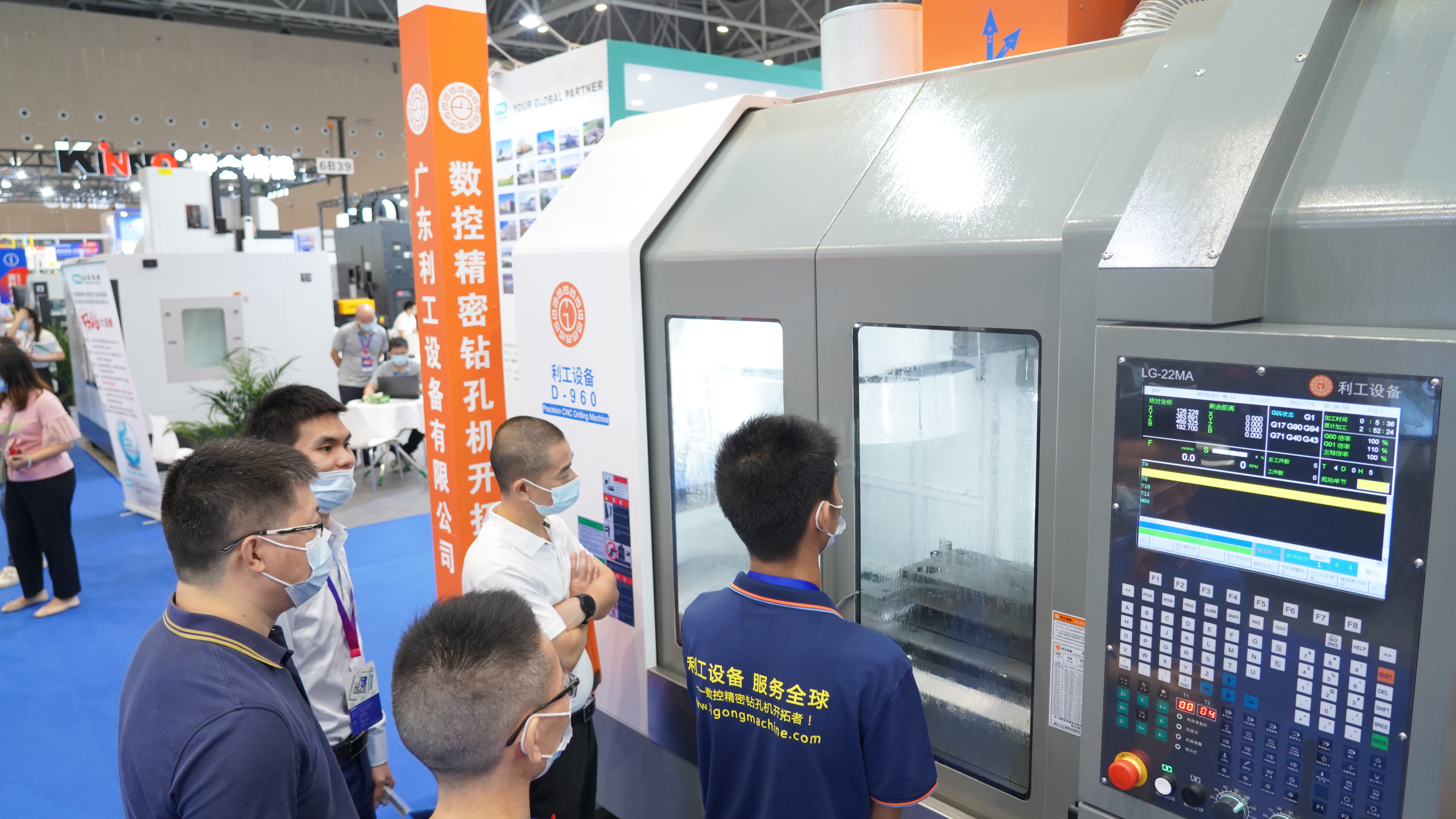

I. Definition of Deep Hole.
Hole machining is categorized as shallow hole machining and deep hole machining. It also includes the middle and deep hole machining between the two. General provisions of the hole depth L and hole diameter d ratio greater than 5, that is, L / d > 5 holes are called deep holes,; L / d ≤ 5 holes are called shallow holes.
Second, the development of deep hole drilling
The earliest deep hole drills for processing metal is partial drill, to 1860, the Americans made improvements to the partial drill invented twist drill, with the rapid development of gun production, in the early twentieth century, Germany, Britain, the United States and other countries of the military industry has invented a single-edged drilling tools, used for the processing of gun holes and the name of the gun drills, gun drills are also known as crescent-shaped diamonds, single-edged drills and chip-removing deep hole drills, the emergence of the BTA for the World War II needs to make a contribution, and then more deep hole machining technology leaps up, such as, jet suction drilling, DF, quilting, rolling, EDM, ultrasonic, laser, etc..
Third, the classification of deep hole machining.
Deep hole machining can be divided into general deep hole machining (drilling, boring, etc.), precision deep hole machining. Boring, etc.), precision deep hole machining (line grinding, rolling, etc.) and electric deep hole machining (EDM, electrolysis, etc.). This section mainly introduces the general classification of deep hole machining.
1, according to the processing mode classification
(1) solid drilling method: no holes in the blank, the use of drilling hole processing methods
(2) Boring method: to have a hole, in order to improve the accuracy of the hole and reduce the surface roughness of the hole using the method
(3) Sleeve drilling method; drilling with a hollow drill, after processing the center of the blank remains a mandrel method
2, according to the form of movement classification
(1) workpiece rotation, tool feed movement. (For example, BTA)
(2) The workpiece does not move, the tool rotates and feeds the movement (eg. Mold class machine tools)
(3) workpiece rotation, the tool also rotates in the opposite direction and feed movement. (For example. Shaft machine tools)
(4) The workpiece rotates and feeds, and the tool does not move.

3、Classified according to the way of chip removal
(1) External chip removal; chips are discharged from the outside of the toolholder. Chips are discharged backward along the outside of the shank, and the cutting fluid enters from the inside of the shank. (For example, gun drill)
(2) Internal chip removal: chips are discharged from the inside of the shank, and the cutting fluid enters from the inside of the shank (e.g., BTA).
4, according to the processing system (cooling, chip removal system) classification
(1) Gun drill system.
(2) BTA system.
(3) Spray suction drilling system.
(4) DF system.
Fourth, the characteristics of deep hole processing
Deep hole machining is in a closed or semi-closed state, so it has the following characteristics:
(1) Can not directly observe the cutting tool cutting situation. At present, only by experience, by listening to the sound, look at the chips, observe the machine load and pressure gauge, touch the vibration and other external phenomena to determine whether the cutting process is normal.
(2) cutting heat is not easy to spread, the general cutting process 80% of the cutting heat is taken away by the chips, and deep hole drilling only 40%, the tool accounted for a larger proportion of the cutting heat, diffusion of late, easy to overheat, the edge of the cutting temperature up to 600C, must be used to force the effective cooling methods
(3) chips are not easy to discharge. Due to the depth of the hole, the route for the chips to pass through is long and easily blocked, causing the drill to collapse. Therefore, the length and shape of chips should be controlled and mandatory chip removal should be carried out.
(4) The rigidity of the process system is poor, because the hole diameter is limited by the size of the hole, the hole length is relatively large, the drill pipe is thin and long, and the rigidity is poor, which is prone to vibration and the drilling is prone to deviation. Therefore, the support guide is extremely important
Contact Person : Mr. Vincent
WhatsApp: +86 189 7156 9816
Email: vincent@ligongmachine.com
Telephone: 0086-755-89398465
Factory Address:
No. 8 Yuanjin Road, Chuncheng Street, Yangchun City, Guangdong Province, China
Headquarters Office:
Floors 1-2, Shenzhenhualian R&D Building, No. 61, Fuyu Road, Fuchengao Community, Pinghu Street, Longgang District, Shenzhen City,Guangdong Province, China